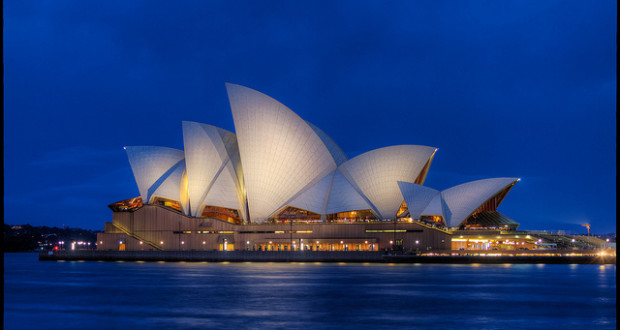The vast range of architectural styles that we see across the world is the product of numerous elements in diverse combinations. These include construction, form, building materials, and the character, cultural heritage, and history of particular regions. Beliefs, religions, and changing fashions all play their parts, and as new materials, technologies, and ideas emerge, new architectural styles become possible.
A number of different styles may be fashionable at the same time, and styles tend to change gradually as architects take on board new ideas. As styles spread to other geographical regions, they take on their own twists, while back at the source they evolve in new ways.
Mediterranean
The architectural characteristics of Mediterranean countries such as Spain and Greece actually have an unexpected relationship with Modernism. Vernacular architecture in this region greatly influenced the growth of Modernism because of the involvement of craftsmen rather than architects.
The Swiss-French architect and designer Le Corbusier, for example, traveled extensively in Turkey and Greece in 1911 and was greatly influenced by the smooth, white forms and simple massing in ordinary homes, which are still a characteristic of Mediterranean architecture.
The white surfaces, thick walls, and small windows have the practical purpose of reflecting solar glare and absorbing heat, thereby keeping interiors cool. Brightly painted window décor such as Plantation Shutters are used for aesthetic effect as well as to control the amount of light entering rooms.
Germany
The history of a country exerts a particularly strong influence on its architecture. Germany is a palimpsest of architectural influences, which can be cut into like a layer cake, inviting us to take a trip back through its rich and eventful past. Patricians’ houses, palaces, museums, and cathedrals all bear witness to the country’s rich cultural heritage, and also trace a story of the displacement and destruction wrought by centuries of wars of succession and religious conflicts.
When the Industrial Revolution shattered the old feudal system and the modern age was ushered in, the foundations were laid for the glass and concrete cityscapes that we see in Berlin, Düsseldorf, and other major German cities today.
India
India is defined by its architecture, evolved over centuries as the result of the geographical and socio-economic conditions in its different regions. A rich diversity of styles and expressions has evolved through time and space, driven by historical forces that are unique to the subcontinent. Different historical periods bear the stamp of their respective architectural styles and fashions. The ancient Indus Valley civilizations, for example, show clear signs of town planning, although the beginnings of architecture proper in India are traceable to the advent of Buddhism. Colonial and Islamic architectural styles have also had a huge influence on India’s cities, with modern trends adding yet another element to an already rich and complex mix.
The stone tape
As a general rule, when cities and civilizations experience economic upturns, the resulting confidence and optimism soon become reflected in their architecture. It is these surviving witnesses in stone that allow us to take a very tactile journey into their past.
 Living There
Living There



